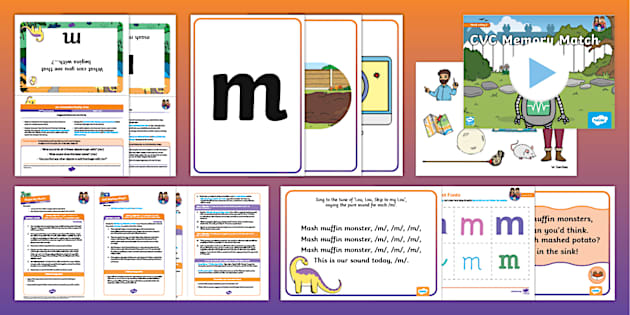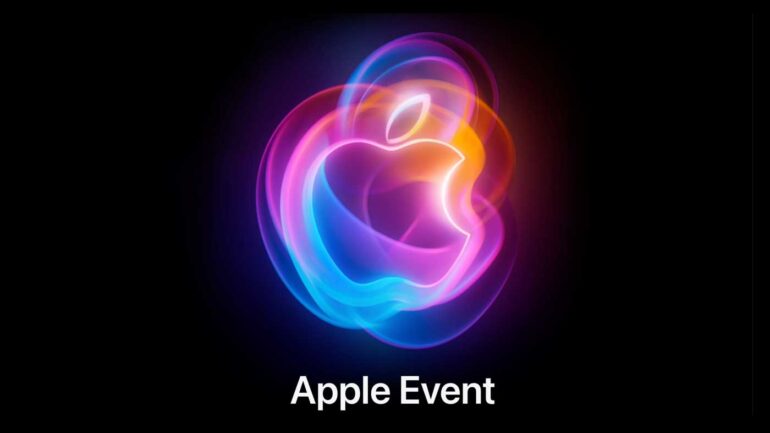Too Busy? Try These Tricks To Streamline Your What Was 5 Months Ago Fr…

본문
Antibody activity was excessive across groups at day 209, however evaluation with a "reside virus" neutralization test discovered geometric imply titers declined extra over time in contributors ages 56 and older compared with adults ages 18-55, reported Mehul Suthar, PhD, of Emory University School of Medicine in Decatur, Georgia, and colleagues in a correspondence piece in the new England Journal of Medicine. The researchers estimated a half-life of binding antibodies of fifty two days after day forty three for all participants utilizing a mannequin assuming a gentle decay price over time, and the neutralizing antibody half-life was 202 days for live-virus neutralization utilizing a mannequin that assumed decay charges lower over time. Suthar and colleagues famous that "the antibody titers and assays that best correlate with vaccine efficacy will not be at the moment identified," and ongoing research continue to watch immune response beyond 6 months, as well as look at the affect of a potential booster dose against COVID-19 variants.
 The up to date EUAs have been based mostly partially on immune response knowledge 29 weeks ago from today clinical studies in adults and youngsters who received previous BA.1-concentrating on bivalent vaccines or extra vaccinations with the companies' monovalent pictures. They added that 80% of deaths had been among adults ages 60 and up. Antibodies persisted 6 months after the second dose of Moderna's COVID-19 vaccine in younger and center-age adults, but have been diminished in older adults when using extra delicate assays, based on knowledge from an ongoing part I trial. Moderna's bivalent vaccine is now authorized as a booster dose for kids ages 6 months to 5 years, at the least 2 months following the 2-dose main collection. Over the next two years, he noticed sufficient - firings over seemingly small infractions, he says, and capricious and unresponsive management - to vary his mind. Under an updated emergency use authorization (EUA), Pfizer's up to date vaccine is now authorized because the third dose of the primary series for teenagers ages 6 months to four years, following two doses of the monovalent vaccine.
The up to date EUAs have been based mostly partially on immune response knowledge 29 weeks ago from today clinical studies in adults and youngsters who received previous BA.1-concentrating on bivalent vaccines or extra vaccinations with the companies' monovalent pictures. They added that 80% of deaths had been among adults ages 60 and up. Antibodies persisted 6 months after the second dose of Moderna's COVID-19 vaccine in younger and center-age adults, but have been diminished in older adults when using extra delicate assays, based on knowledge from an ongoing part I trial. Moderna's bivalent vaccine is now authorized as a booster dose for kids ages 6 months to 5 years, at the least 2 months following the 2-dose main collection. Over the next two years, he noticed sufficient - firings over seemingly small infractions, he says, and capricious and unresponsive management - to vary his mind. Under an updated emergency use authorization (EUA), Pfizer's up to date vaccine is now authorized because the third dose of the primary series for teenagers ages 6 months to four years, following two doses of the monovalent vaccine.
You shouldn’t have an excessive amount of planning to do when it comes to these events, however you want to verify they’re scheduled a month or two earlier than your wedding so you’re not distracted by last-minute stress. While privateness remains a core focus of Mozilla and others, we need to seek out ways to guard and empower customers that additionally embrace the collection and use of information to offer individuals experiences they need. Bivalent COVID-19 vaccines from Pfizer and Moderna at the moment are authorized for use in youngsters as young as 6 months previous, the FDA announced on Thursday. On Friday, the CDC endorsed the expanded authorizations, noting that "the vast majority of youngsters on this age group have not acquired any doses of a COVID-19 vaccine." The company added that it is working to increase mum or dad and provider confidence within the vaccines. In its announcement, the FDA famous that children ages 6 months to four years who've completed their major collection with the three monovalent doses of Pfizer's vaccine "would nonetheless be anticipated to have safety in opposition to essentially the most serious outcomes from the currently circulating Omicron variant," and that data to assist a bivalent booster dose in this inhabitants are expected early next yr.
 For outcomes that tend to recur (including ischemic strokes and psychiatric diagnoses), they estimated separately the incidence of first prognosis and the incidence of any analysis (i.e., including patients who had a prognosis in some unspecified time in the future earlier than the index event). For outcomes that have been chronic illnesses like dementia or Parkinson's disease, the analysis workforce excluded patients who had a prognosis before the index event. Nearly one-third (30%) had hypertensive disease, 9% had ischemic heart disease, 18% had other types of heart disease, 18% have been overweight or obese, 16% had sort 2 diabetes, 10% had asthma, 7% had chronic kidney disease, and 19% had neoplasms. One-third of COVID-19 survivors received a neurologic or psychiatric analysis within 6 months of being contaminated with SARS-CoV-2 months ago, an analysis of 236,000 digital health records confirmed. The evaluation was primarily based on digital well being records of 236,379 COVID-19 patients over age 10 in the TriNetX network, principally individuals within the U.S. Completeness and accuracy of electronic well being records had been unknown. Severity and course of neurologic and psychiatric disorders were also unknown. While psychiatric diagnoses like anxiety and depression had been widespread after COVID-19, "these weren't strongly associated to the severity of the sickness," he noted. Estimated incidences in the entire COVID-19 cohort have been 0.56% for intracranial hemorrhage, 2.10% for ischemic stroke, 0.11% for parkinsonism, 0.67% for dementia, 17.39% for anxiety disorder, and 1.40% for psychotic disorder, among others.
For outcomes that tend to recur (including ischemic strokes and psychiatric diagnoses), they estimated separately the incidence of first prognosis and the incidence of any analysis (i.e., including patients who had a prognosis in some unspecified time in the future earlier than the index event). For outcomes that have been chronic illnesses like dementia or Parkinson's disease, the analysis workforce excluded patients who had a prognosis before the index event. Nearly one-third (30%) had hypertensive disease, 9% had ischemic heart disease, 18% had other types of heart disease, 18% have been overweight or obese, 16% had sort 2 diabetes, 10% had asthma, 7% had chronic kidney disease, and 19% had neoplasms. One-third of COVID-19 survivors received a neurologic or psychiatric analysis within 6 months of being contaminated with SARS-CoV-2 months ago, an analysis of 236,000 digital health records confirmed. The evaluation was primarily based on digital well being records of 236,379 COVID-19 patients over age 10 in the TriNetX network, principally individuals within the U.S. Completeness and accuracy of electronic well being records had been unknown. Severity and course of neurologic and psychiatric disorders were also unknown. While psychiatric diagnoses like anxiety and depression had been widespread after COVID-19, "these weren't strongly associated to the severity of the sickness," he noted. Estimated incidences in the entire COVID-19 cohort have been 0.56% for intracranial hemorrhage, 2.10% for ischemic stroke, 0.11% for parkinsonism, 0.67% for dementia, 17.39% for anxiety disorder, and 1.40% for psychotic disorder, among others.
In case you have any kind of questions with regards to exactly where and the best way to utilize what was 5 months ago from today, you can e-mail us on our own web site.

댓글목록0
댓글 포인트 안내